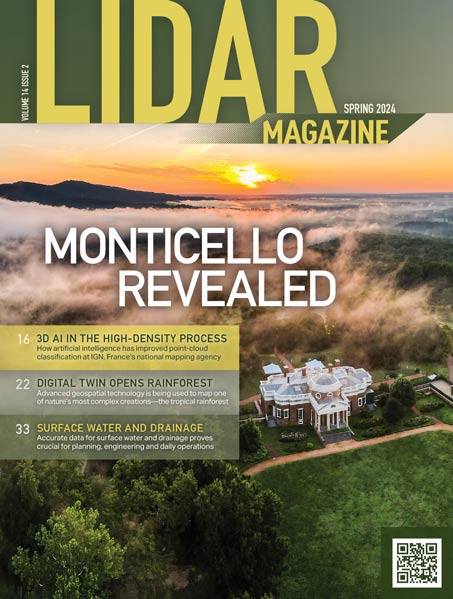In the fall of 2014, Creaform performed its largest color 3D scanning project to date! Color is a big differentiator in the world of 3D scanning, since it not usually mandatory or sometimes even important when it comes to inspection or reverse engineering.
But it goes without saying that it becomes paramount in applications such as Heritage Preservation. In this specific case, the objects to scan were related to King Tutankhamun himself! One of the most famous Pharaohs, he reigned over Egypt in the mid-1300 BC, from the time he was about nine years old until his late teens. King Tut was to be part of a major exhibit at the Milwaukee Public Museum, titled Crossroads of Civilization.
A life-size replica of King Tut riding his chariot drawn by two horses is one of the main attractions of this exhibit. Since visitors cannot get close than 6 m from the actual replica, a real-size scan was performed. The Museum wanted to provide a virtual tool to the visitors, available through an electronic tablet. The application, which understandably needed to reproduce all the colors very faithfully, provides a closer look at the clothing, jewelry, and gear used during King Tuts era. Certain objects from the app can even be individually selected and manipulated to further analyze and understand the manufacturing of certain components of the chariot, for instance.
For this major project, both the Go!SCAN 20 and the Go!SCAN 50 scanners were used. A Creaform application engineer digitized nearly 30 items, in partnership with Vince Anewenter and Jordan Weston from the Rapid Prototyping Center (RPC) at Milwaukee School of Engineering (MSOE). Weston was a first-time user of the Go!SCAN 50, and he found it very easy to use. As experts in 3D scanning and additive manufacturing, Anewenter and Weston spent three days at the museum scanning portions of the exhibit.
Scanning at the museum: Building up a 3D virtual visit
The Go!SCAN 50 model provides very fast scans thanks to its larger light pattern, and for this specific project, it has been used to scan larger objects, such as horses, the replica of the king himself and the chariot. We had to scan the horses multiple times with different layers of clothing (covered, leather strap, hat) but we also wanted everything to fit on correctly. It was then possible to pre-align the scans with a pre-saved target model for perfect alignment, which was a major advantage.
The Go!SCAN 20 model was used to scan objects with smaller details, or even scan very thin objects on both sides. Indeed, thanks to the new scan merge "matching point" function, the 3D scanner was very useful to merge two sides of very thin objects with common targets, which would have practically impossible to do otherwise. The results were quite amazing and very easy to achieve!
Furthermore, one of the objects to be scanned as part of the project was a 3,000-year-old carved tablet, and scanning actually made it possible to see more details than with the naked eye. The Museum directors were quite impressed, and even hinted that this could reveal the social caste of the man depicted, based on some newly revealed hieroglyphics found on the forearm
The process
To perform this specific scan, the "Natural Features" function was used, detecting color elements as part of the scanners tracking in space. Using the Go!SCAN 20 and the color camera, 3D scanning was done without any problem, and no targets had to be affixed on the precious ancient artifact.
Working with the scan data, the first step was to align the scan on the center of the object, in VXmodel, a post-treatment software that enables users to smooth out any rough surface and fill holes to make it watertight for a better quality. By filling holes with VXmodel, it is also possible to apply texture information where the surface was originally missing. The model generated is now watertight and in full color. Files are then transferred into a multimedia software. Then, triangles are converted into squares to optimize the performance of the 3D model in video game engines. The models are then finalized: color is applied where it was lacking such as undercuts and hard to observe areas. Finally, all of the objects are globally aligned by projecting the 2D image onto the 3D model.
The future of museum visits?
Increasingly, virtual visits will become the key to knowing the secrets of our past, and will certainly bring younger visitors to the museums, since they use technology such as tablets. 3D virtual visits may even become the new standard, and Creaform will be proud to be part of the process!
